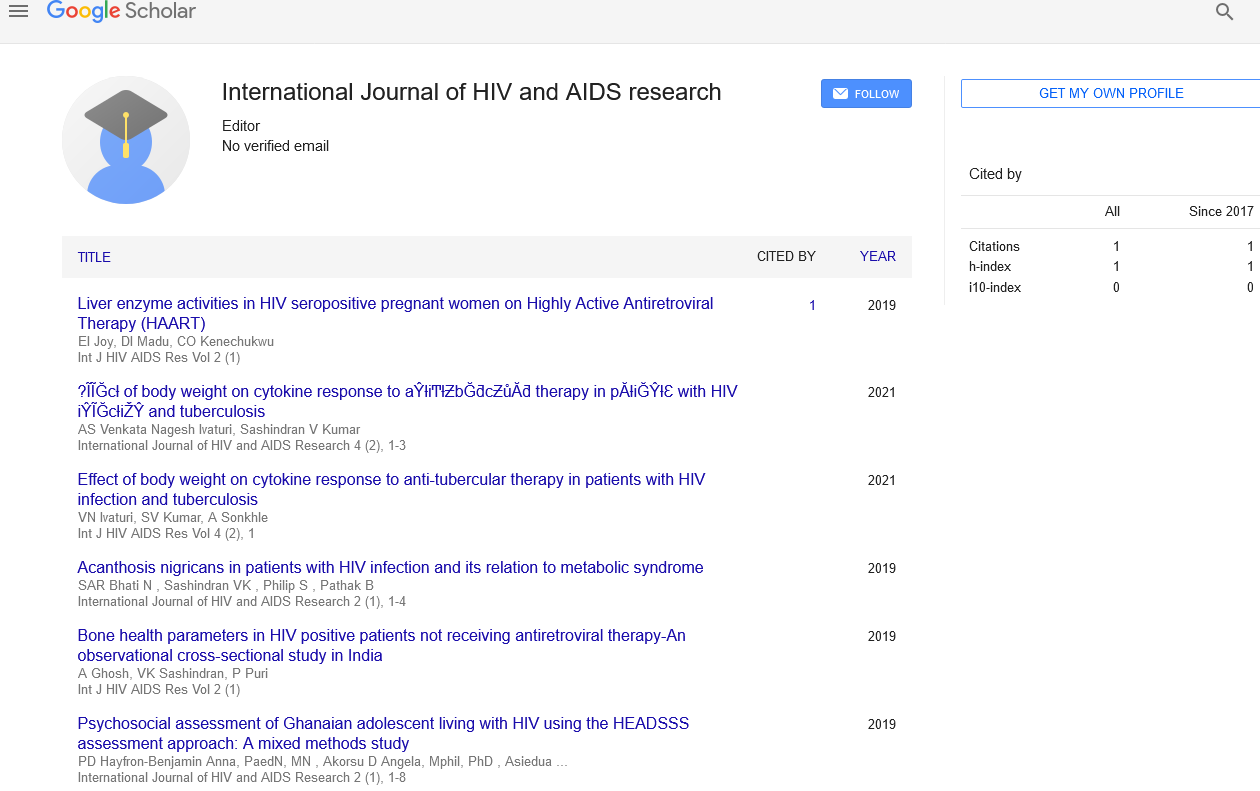Utilizing social media to gather nutritional data for public health policies
Received: 15-Dec-2022, Manuscript No. PULAFSJ-22-5910; Editor assigned: 19-Dec-2022, Pre QC No. PULAFSJ-22-5910 (PQ); Reviewed: 02-Jan-2023 QC No. PULAFSJ-22-5910; Revised: 20-Mar-2023, Manuscript No. PULAFSJ-22-5910 (R); Published: 27-Mar-2023
Citation: Wick J. Utilizing social media to gather nutritional data for public health policies. Appl Food Sci J 2023;7(1):1.
This open-access article is distributed under the terms of the Creative Commons Attribution Non-Commercial License (CC BY-NC) (http://creativecommons.org/licenses/by-nc/4.0/), which permits reuse, distribution and reproduction of the article, provided that the original work is properly cited and the reuse is restricted to noncommercial purposes. For commercial reuse, contact reprints@pulsus.com
Abstract
In the UK, there is no consistent, systematic measuring of food and nutrient intake by region. Our objective was to provide a way to assist policy makers in monitoring the dietary habits of the neighborhood's residents. This study's objective was to determine whether it was possible to get a sizable sample quickly and regionally utilising social media and online platforms to gather dietary data. A regional sample of people was recruited utilising a Facebook (FB) boost strategy to complete a quick online survey and a full assessment of their dietary consumption the day before using myfood24. The Facebook posts were promoted for 21 days, reaching 76.9k people.
Keywords
Online survey; Myfood24®; Nutritional analysis software; Public health; Policy; Social media; Regional survey.
Introduction
Due to a paucity of pertinent data, local public health research that assesses dietary strategies at the individual intake level is somewhat limited. In a perfect world, participants in population based surveys would reflect the underlying target population. However, poor response rates and high recruiting costs in conventional surveys can result in significant time and resource demands. Over 3.8 billion individuals use social media globally, and over 4.5 billion people utilise the Internet. Social media penetration in the UK is 90%, with 46.6 million Facebook users, making web based recruitment through these platforms promising. Facebook makes it possible for customised marketing to reach people more effectively depending on their demographics, geography, interests, and behaviours, making it a good choice for local surveys. Utilizing social media to find study subjects is an economical and productive method, according to a recent assessment of the literature. Large scale dietary data gathering might be made quick and simple by nutritional analysis software with correct foundation food composition data targeted for the UK. According to the UK national food strategy, adjustments to the national diet are required by 2032 in order to fulfil health and environmental obligations. Healthy, low emission foods such whole grains, fruits, and vegetables are typically hard to come by and rarely consumed, especially in lower socioeconomic and educational groups. Household food insecurity is a significant issue in the UK.
Description
The consumption of food by the population at the local and national levels, as well as the impact on sustainability and health, must be understood by policymakers. For instance, cutting back on meat consumption, eating more fruits, vegetables, and fiber, and avoiding foods heavy in fat, salt, and sugar. Evaluation of municipal and federal policy can be assisted by measuring food and nutrient consumption. This includes the effects of food product reformulation, such as lower intakes of sodium or trans fats. A greater knowledge of how food poverty affects people can be gained by measuring food intake. Understanding which population groups adhere to national dietary recommendations can help establish future health policies by ensuring a strong baseline assessment of food and nutrient intakes. This might identify the population segments that require assistance or intervention the most. Social media interventions have the potential to improve eating habits. Social media interactions can offer opportunities for intervention through gamification, image sharing, and group chats in addition to assessing intakes. To support national and local obesity programmers as well as for equitable food access and provision, the regional Yorkshire and Humber public health community of improvement for healthy weight, nutrition, and food is establishing healthier and more resilient food systems. On a tight budget, it is unclear how policymakers can best engage the local populace to ensure diverse viewpoint representation. According to certain studies, paid recruitment channels may not be as effective as unpaid ones, yet both methods provide samples. Public health communication and interventions can reach a wide audience utilising social networking platforms, as they provide easy to use tools. They also offer some customization to reach groups that are more difficult to approach. On the other side, there is a chance that persons who suffer from health inequity could encounter difficulties using social media due to lack of access, literacy, or electronic health. Age, education level, and lack of access to a mobile device have all been linked to lower e-health literacy. Older persons were less likely to participate in studies employing social media recruiting, according to a systematic review.
Conclusion
This study has demonstrated that it is possible to swiftly and affordably collect data that is regionally focused on a large sample utilising an FB boost survey technique. People from all throughout the region provided responses. However, older women who were using this social networking platform provided the majority of the comments. If other social media platforms had been used, it's possible that more young adults would have been recruited. For Facebook, the cost to recruit each person was less than £1.00. This is significantly less expensive than the majority of researcher led recruitment tactics or paid marketing agencies. However, there is a need to improve the process of connecting data from different digital tools.





